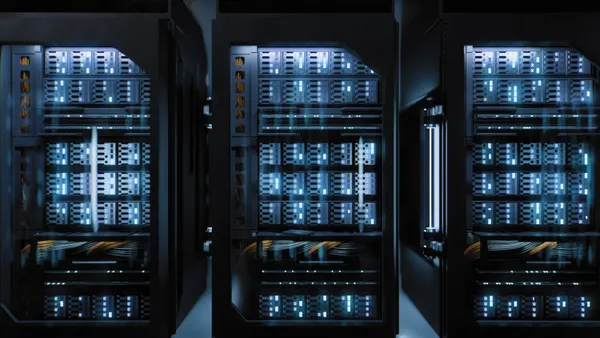Energy demand around the globe continues to increase at a rapid pace, spurring technological advancements in efficiency, power generation, and energy storage. The common goal of all of these is to lower the overall amount of energy we are using and to spread that usage out more evenly across the day. Typical energy consumption charted over the course of a typical day would look like a mountain peaking during the warmer and typically busier part of the day. Utilities are regulated to provide enough energy to meet the absolute highest peak of energy demand at any given time, and as the overall volume grows so does the peak.
To avoid costly infrastructure expansions (e.g. generation facilities and distribution lines), utilities are looking for ways to reduce the peak load. Significant peak reduction is most effective using technologies that allow the load to shift to non-peak-periods. Utilities often test new technologies and create customer incentive programs to enable and encourage this shift particularly for heavy commercial & industrial users.
Heavy Cold Storage Loads Previously Untouchable
With recent advancements in battery technology, some sectors are able to rely on batteries to help shift some load. But there are industries with a high demand for energy that cannot be powered by batteries for extended periods of time in an economical way. One such industry is cold storage, made up of large frozen food warehouses from 10,000 to 200,000+ square feet and grocery and restaurant walk-in freezers from 100 to 1,000+ square feet. To maintain stable temperatures 24 hours a day and protect their inventory of frozen food requires massive amounts of energy to run refrigeration equipment nearly non-stop.
Cold storage facilities have the highest demand and the third highest consumption per cubic foot of any industrial category on the grid. Operators in the global cold chain consume over $30 billion USD worth of electricity every year. In the U.S. alone, there are over 2,200 cold storage frozen warehouses plus almost 40,000 supermarkets and over 620,000 restaurants with walk-in freezers.
Thermal Energy Storage for Load Shift
This enormous electricity load was previously inaccessible to utilities for load shift or demand reduction programs. But now, Thermal Energy Storage (TES) technology from Viking Cold Solutions provides enough energy flexibility to shift thousands of megawatts of cold storage energy demand. The TES systems can be installed at costs around $1,000 per kilowatt, a cost much lower for utilities than infrastructure investments.
The customer-located TES systems are comprised of phase change materials (PCM), intelligent controls, and 24/7 remote monitoring & reporting software that integrate easily with existing refrigeration, controls, and racking systems inside cold storage facilities.
During off-peak hours, the facility’s existing refrigeration equipment freezes the non-toxic, environmentally-safe PCM. During peak hours, operators can dramatically reduce mechanical run time of the grid-dependent refrigeration systems for extended periods of time. During these extended windows, the PCM absorbs and stores 85% of all heat infiltration in the freezer, maintains temperature stability to ensure food quality and safety and helps avoid 90% of peak period consumption.
Additionally, at times when the refrigeration systems do run, they are more efficient due to lower ambient temperatures, that make cooling much easier, and because the equipment runs fully loaded at its engineered maximum efficiency. This along with the PCM’s ability to easily release thermal energy allows for the stored heat to be removed using less energy.
The long discharge ability and the energy flexibility of TES technology also helps address alternative energy’s shifts in demand (Duck Curve) and intermittent nature (White Paper: Pairing PV & TES in a Cold Storage Facility).
The opportunity in the U.S. and around the globe for shifting high-demand loads in cold storage freezers is tremendous. Many forward-thinking utilities around the country have already tested, approved, and included thermal energy storage systems in their incentive programs. As more utilities add TES to their load shift and demand reduction programs, millions more dollars of infrastructure cost will be deferred or eliminated for years to come.










